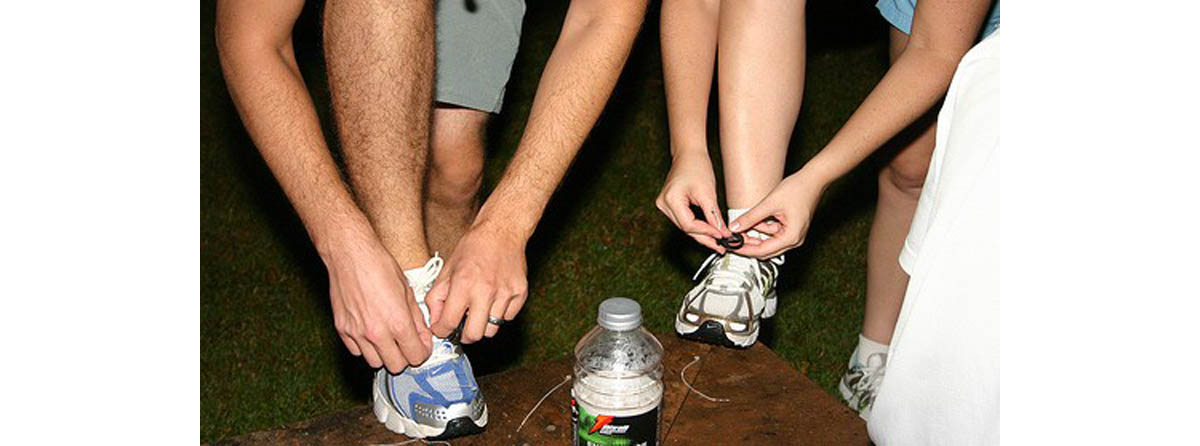Table of Contents
Flat feet do not hamper walking, running or sporting performance
At one time men were barred from active service in the military if they had feet with a very low arch or instep – known as "flat feet". At the time it was believed that this was an abnormality which affected the normal performance of the feet.

There are races of people for whom a low arch is more common than a higher one.
The myth may have arisen because there are some conditions which lead to a dramatic dropping of the arch, resulting in a flat foot. These conditions can result from trauma, over-use injuries or other foot problems and are very likely to affect proper functioning of the foot.
Walking is very energy-efficient
Walking has been described as "controlled falling over" and makes use of the power of gravity. Also, once walking is initiated, energy is generated which is stored in soft tissues such as the powerful Achilles tendon (which runs from the back of the heel, and into the calf muscles). This is like storing energy in a coiled spring. The stored energy is then released at later stages in the gait (walking) cycle.
The greatest energy input is required to start and stop walking – which is why shopping is so tiring!
Kangaroos have very strong Achilles tendons, and when they switch from walking on all four limbs to hopping, their oxygen consumption goes down, indicating that they are then using the energy stored in their tendons.
Foot problems can cause knee, hip, back pain and even headache
As the old song goes – the knee bone is connected to the thigh bone, the thigh bone’s connected to the hip bone etc. In other words, problems with the feet are reflected up the skeleton, causing pain elsewhere.
A good example of this is knee pain. The large weight-bearing bone in the shin (the tibia) forms both part of the ankle joint and part of the knee joint. As foot position changes during walking, this bone rotates inwards and outwards with the bones in the foot, causing the knee join to also rotate.
Because the upper part of the knee joint is formed by the thigh bone (femur) which is half the hip joint, these rotational forces can also be transferred to the hip joint, causing pain there.
As we walk, the upper body rotates and because of the interconnections between the parts of the body, if walking patterns are abnormal there can also be excessive rotation in the back, leading to pain in the area. This can be translated up to the broad kite-shaped muscle (trapezius) which spreads over the shoulders and sweeps up the back of the neck. Tension and spasm (sustained contraction) in this muscle because of excessive movements can cause tension headaches in extreme cases, something we bet you didn't know. You're now wondering if your headaches could be caused by your feet, right?
If you are at all concerned about your feet or gait, consult a qualified podiatrist – these are healthcare professionals who specialize in foot and gait problems.
The link with cheese
Some of the bacteria responsible for causing the characteristic cheesy smell of the feet are actually used in making cheeses like Limburger.
- Lorimer D et al (eds). Neale’s Disorders of the Foot (6th edition). Published by Churchill Livingstone, Edinburgh, UK. ISBN number: 0 443 06441 5
- www.brainyquote.com/quotes/quotes/l/leonardoda131988.html
- Photo courtesy of istolethetv by Flickr : www.flickr.com/photos/istolethetv/4577310623/
- Photo courtesy of Toni Busch by Flickr : www.flickr.com/photos/tonibduguid/2066678151/
- www.people.stfx.ca/bmarshal/201/kangarookinematics.html
- www.health.howstuffworks.com/wellness/men/sweating-odor/how-to-get-rid-of-foot-odor1.htm


Your thoughts on this